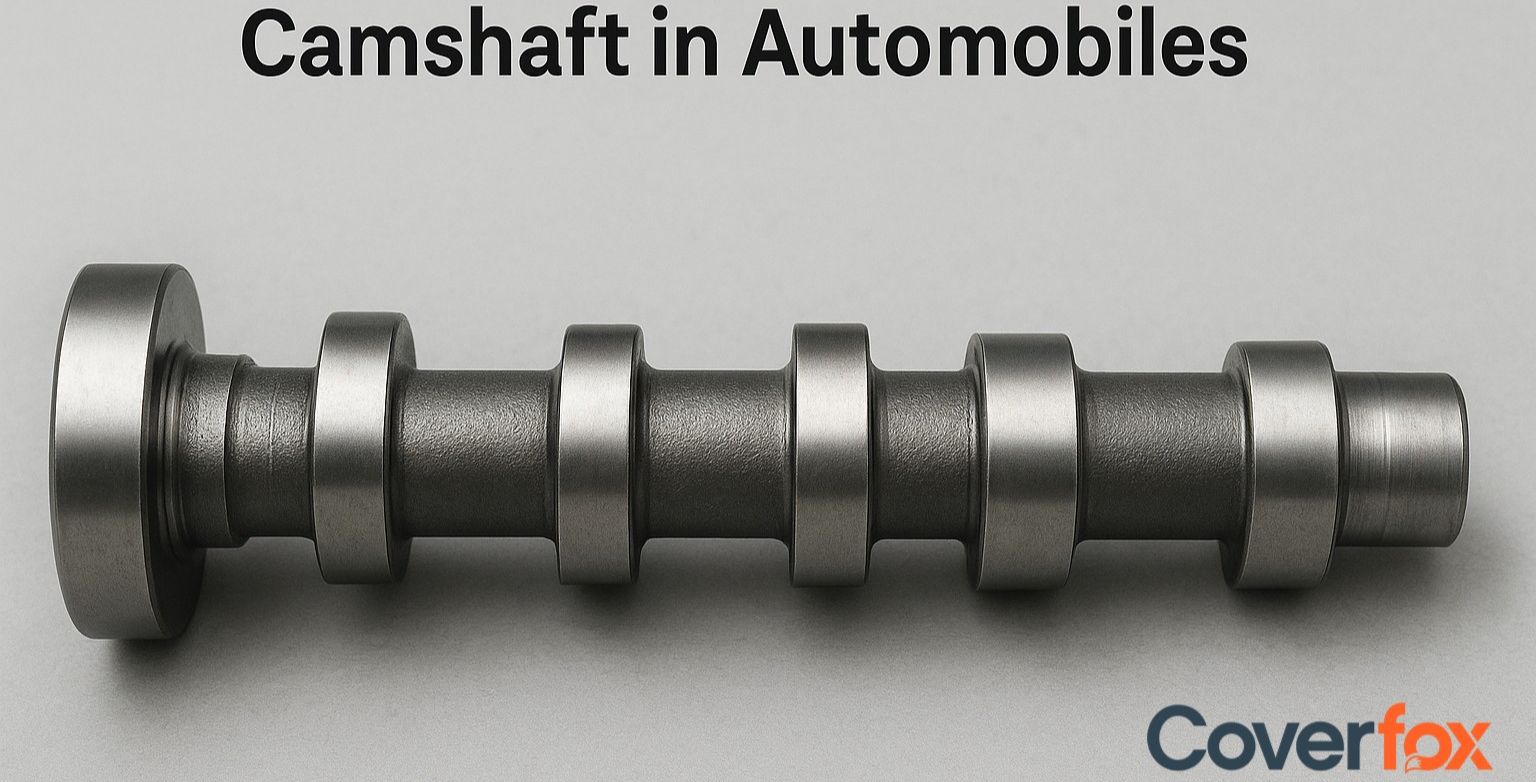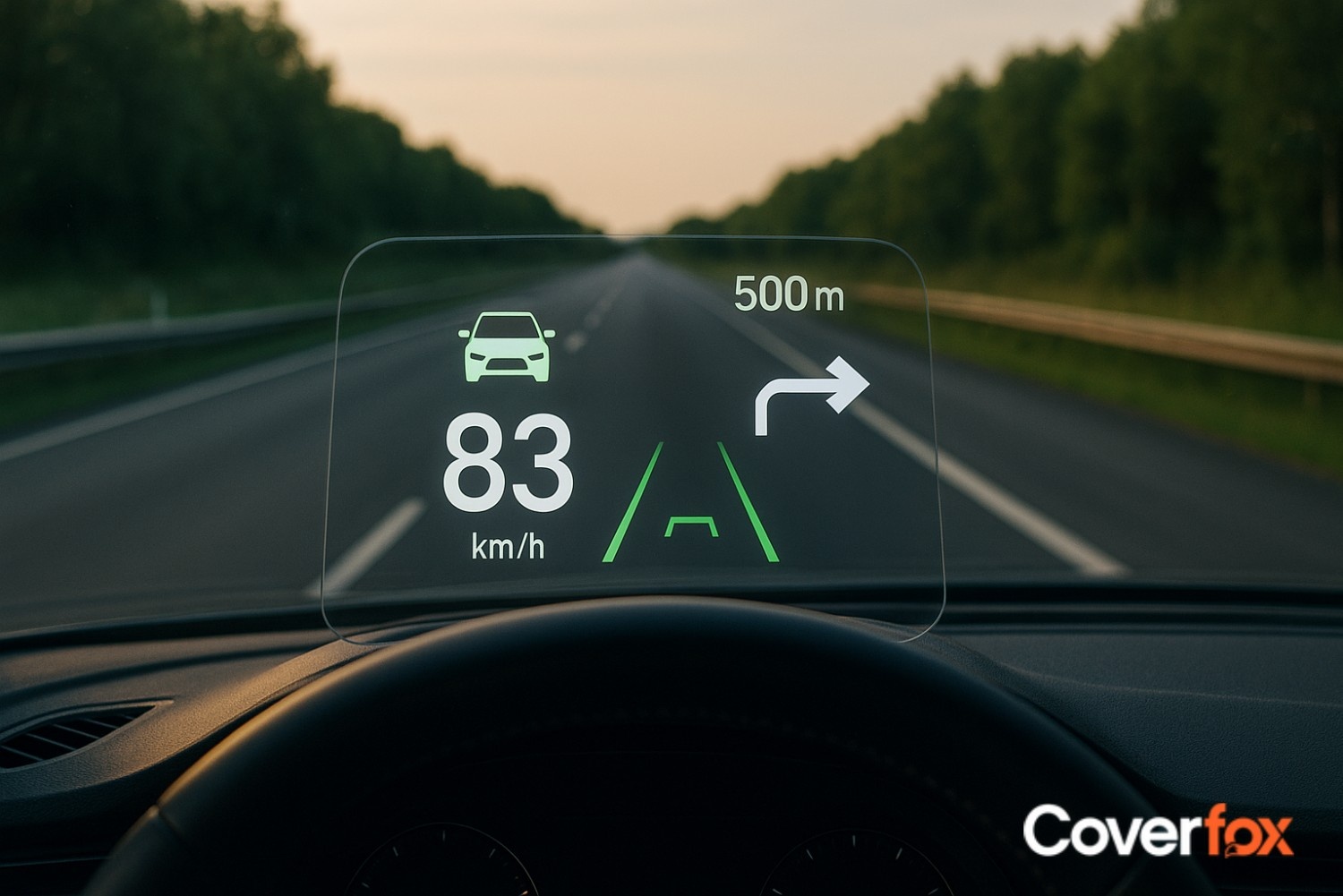Planning long-distance trips with your car can come with many challenges—one of which may often be overlooked is fuel management. Why is it so essential? While selecting a car, one may often see the engine size or style, without focusing on the fuel tank capacity to suit your driving needs.

Understanding your car’s fuel tank capacity plays a vital role during your vehicle selection, determining the exact amount of fuel you require for your long-distance trips, and thereby for refuelling. The guide below goes more into the depth of efficient fuel management, which is a significant aspect for vehicle ownership.
What’s the Usual Fuel Tank Capacity in Most Cars?
A car’s fuel tank capacity is nothing but the measure of the maximum volume of fuel that can be held in a car's tank. For an average car, the fuel tank capacity may differ based on the type and size of the vehicle.
Hatchbacks
Sedans
SUVs
Luxury Cars
Small Hatchbacks are known to have a compact and lightweight structure, and can generally require less fuel compared to larger vehicles to traverse the same distance. They can generally hold fuel between 35-45 liters.
Sedans can be considered mid-sized vehicles, featuring a three-box design, for three separate compartments–engine, passenger and luggage. These vehicles generally require a fuel range between 45-60 liters.
Sports Utility Vehicle, also known as SUVs, are vehicles generally designed to handle off-road adventures and rough terrains, and can be considered a cross between hatchbacks and sedans. These vehicles can generally hold between 60-80 liters of fuel and support greater weight and stronger engines.
Premium or high-end brands of cars may have fuel tank capacity that sometimes exceeds even 80 liters, making them suitable for extended travels.
In general, a car’s fuel tank, when completely full, is said to cover at least 300-400 miles, but this also depends on the car’s fuel efficiency and the driving conditions. To measure a car’s maximum range, the simple method is to multiply the fuel tank capacity by fuel efficiency.
Fuel Capacity vs Engine Size: What’s the Connection?
The size of your engine may indirectly have a big impact on your car’s fuel tank capacity.
| Engine Cylinder Count | Typical Fuel Tank Capacity (Liters) | Examples |
|---|---|---|
| Smart Fortwo, Fiat 500, Chevrolet Spark, Mitsubishi i-MiEV, and Tata Nano | ||
| Toyota Corolla, Honda Civic, Volkswagen Golf, and Subaru Impreza | ||
| Ford Mustang, Chevrolet Camaro, BMW 3 Series, Mercedes-Benz E-Class, and Audi A6 | ||
| Ford F-150, Chevrolet Silverado, Dodge Charger, Jeep Grand Cherokee, and Toyota Tundra |
Difference Between a Diesel Tank and a Petrol Tank
Car Petrol Tank Capacity
Diesel Tank Capacity
A petrol tank is generally a smaller tank, and is commonly used in smaller cars and urban vehicles. It is a convenient tank to be used for short, city-based journeys, but also has high fuel efficiency.
A diesel tank is generally used in larger vehicles, being more suited for long journeys. They are generally used in SUVs or commercial vehicles like trucks, allowing them to support the higher torque demands of these vehicles.
Conclusion
To sum it up, when you have a good knowledge of your car’s fuel efficiency–whether it’s a petrol tank capacity for a city hatchback or a diesel tank capacity for a rugged SUV, it only helps elevate your driving experience. It is also essential to take note of how engine size and cylinder capacity play a role in impacting fuel efficiency as well. Effective fuel management allows you to plan all your travels in a peaceful, hassle-free manner.
Want to select the right car insurance tailor-made to your specific vehicle, engine size and driving patterns? Worry less, as Coverfox, an IRDAI-authorised Insurance platform, allows you a convenient online mode to easily provide you with the right insurance coverage, suited to your car’s fuel tank capacity needs.
Related Articles:
Frequently Asked Questions
What is fuel tank capacity?
Fuel tank capacity is said to be the measure of how far a vehicle can travel before needing to refuel. It is generally measured in litres.
What is the fuel tank capacity of a car?
The fuel tank capacity of a car depends on its make and model. Generally, the average fuel tank capacity of a car may range between 45-60 litres, which is equivalent to 12-16 gallons.
What is cylinder capacity in cars?
Cylinder capacity in a car stands for the combined capacity of the total cylinders in an internal combustion engine. It is generally expressed in cubic centimetres (cc) or liters(l).





